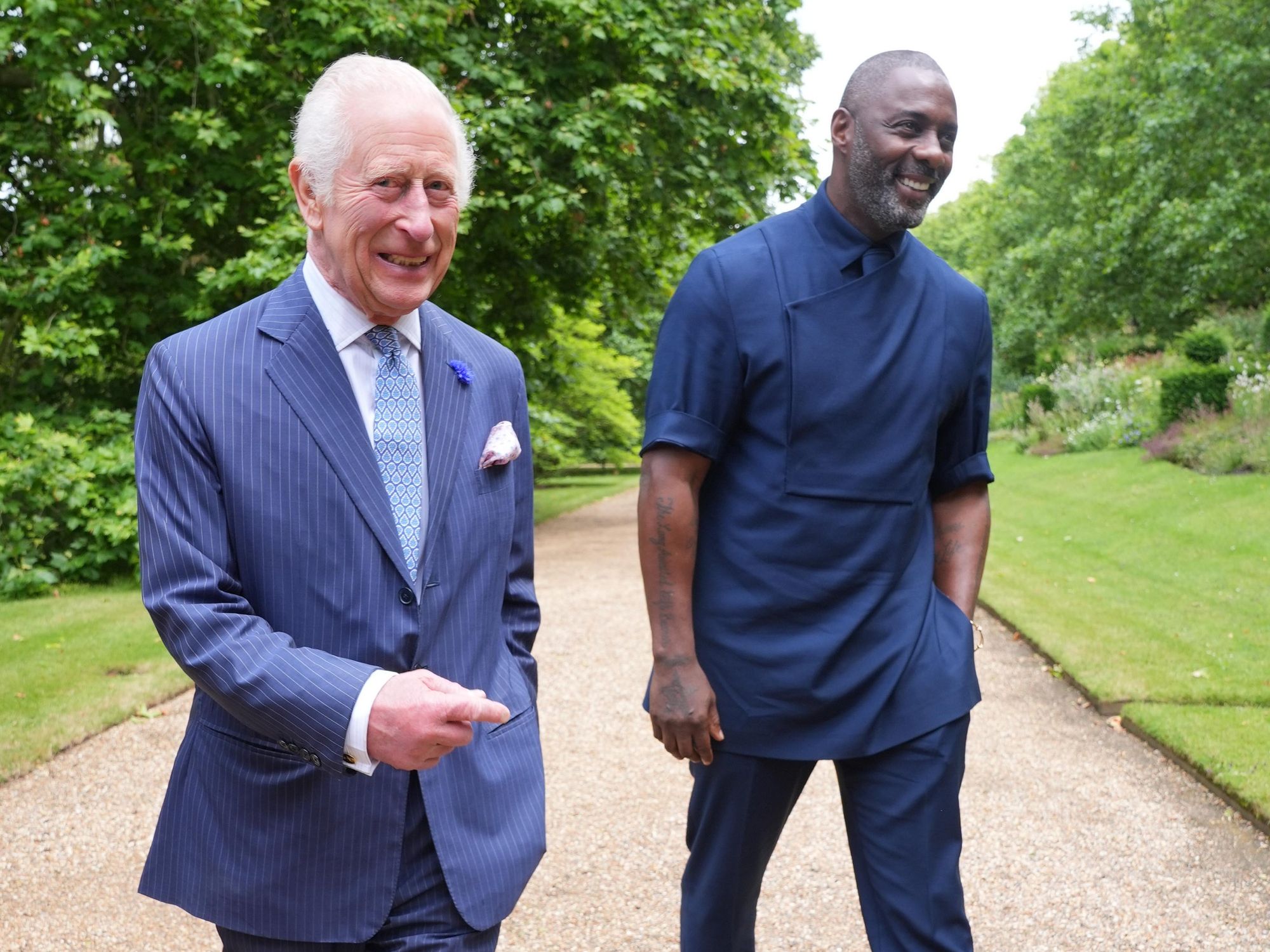Super blue moon lights up night sky as stargazers prepare for rare peak

Super blue moon lights up night sky as stargazers prepare for rare peak
|PA

The rare super blue moon will reach its peak at around 2.35am on Friday
Don't Miss
Most Read
A super blue moon has been lighting up the night sky as stargazers prepare for its rare peak in just a few hours time.
The phenomenon will only happen once this year and Britons have made the most of its appearance on social media.
Despite its name, a blue moon is not named after its colour.
It name instead refers to the second full moon in one calendar month.

The super blue moon over the city of London seen from Primrose Hill
|PA
Most months will only have one full moon, making a second in August a rare event.
A super blue moon will occur approximately once every two or three years.
The lunar sighting was visible when the moon rose at 8pm on Thursday.
It will not set until around 6am on Friday morning.

The Super Blue Moon is visible over the stands as the teams walk off after the first Vitality IT20 match at the Seat Unique Riverside
|PA
However, Britons will need to wait until 2.35am on Friday for the moon's near side to completely light up.
The sun causes the moon's strongest radiancy but experts suggest it will not look noticeably different in the early hours of the morning.
It has instead been suggested stargazers should wait until there are favourable conditions.
This could include low cloud cover, favourable weather and limited obstructions on the horizon.

An image of the super blue moon over Edinburgh
|PA
Astronomer professor Don Pollacco, from University of Warwick's physics department, said: "One of the flukes of nature is that the apparent size of the moon can be very similar to that of the sun.
“This occurs because, while the moon is much smaller than the sun, it is much closer to the Earth.”
He added: "Now that we understand the Moon’s orbit around the Earth we can talk about super moons.
“These occur when there is a full moon at the time when the moon is closest to the Earth.
“Consequently, the moon can look bigger (10-15 per cent) and brighter (25-30 per ent than a normal full moon.”










